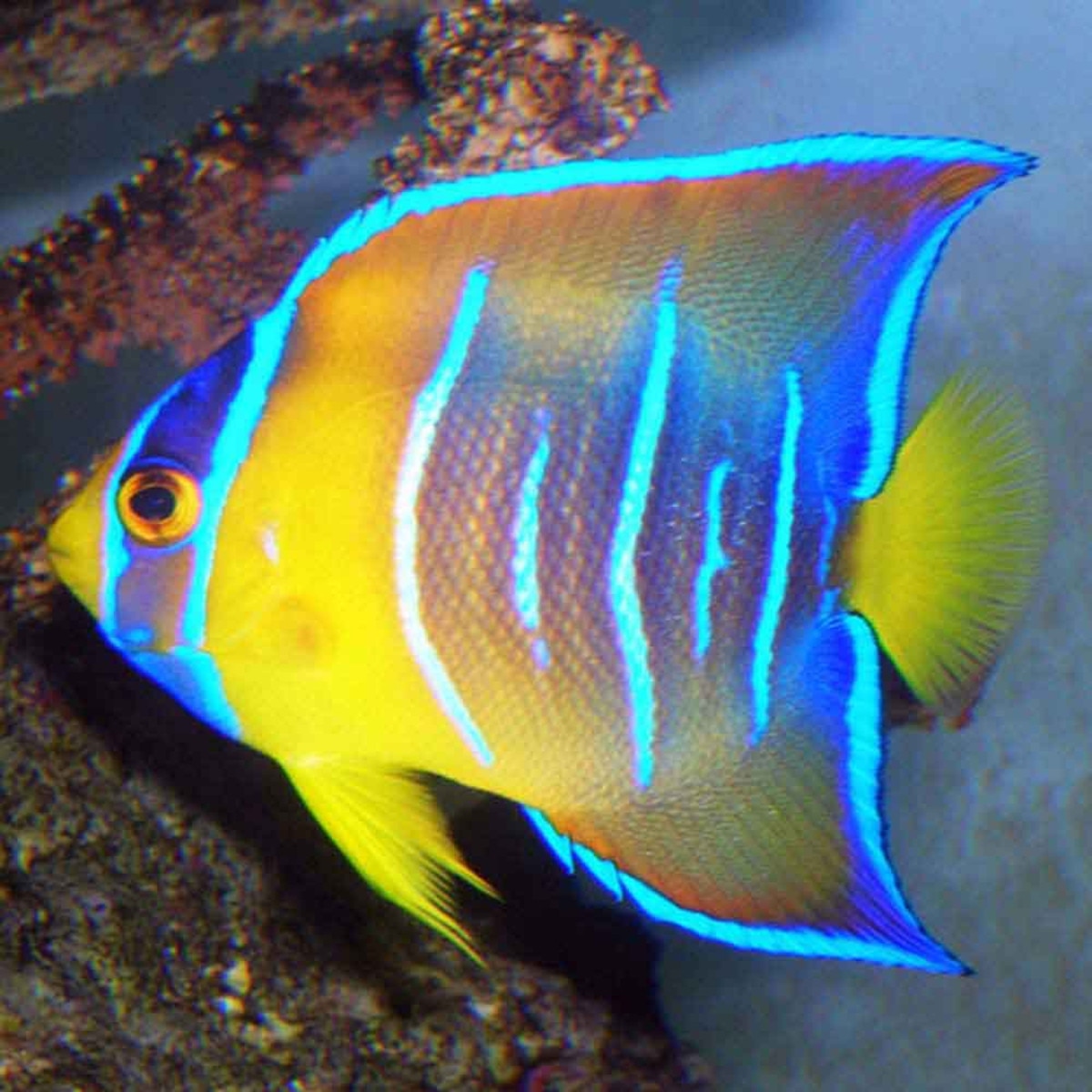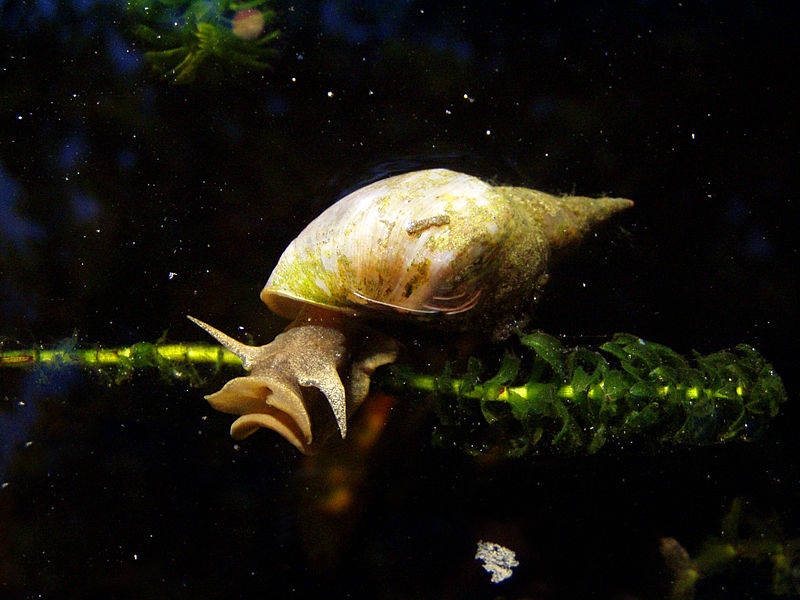 Choosing the right filter for your aquarium can be an intimidating task. We’re asked this question every day, from people setting up their first aquarium and from those hobbyists who are upgrading to a larger or different type of aquarium. Most people are looking for a quick and easy answer, which they rarely get from me. There is no one-size-fits-all in the world of aquarium filters, and anyone who is new to aquariums, and is trying to do some research, is probably overwhelmed with all the options. We have assembled a lot of good basic information for all the major types of aquarium filters in the article archives on thatpetplace.com. These articles are meant to help and guide you through the process of choosing a filter for your set-up by breaking down how each type works and in which applications they really shine.
Choosing the right filter for your aquarium can be an intimidating task. We’re asked this question every day, from people setting up their first aquarium and from those hobbyists who are upgrading to a larger or different type of aquarium. Most people are looking for a quick and easy answer, which they rarely get from me. There is no one-size-fits-all in the world of aquarium filters, and anyone who is new to aquariums, and is trying to do some research, is probably overwhelmed with all the options. We have assembled a lot of good basic information for all the major types of aquarium filters in the article archives on thatpetplace.com. These articles are meant to help and guide you through the process of choosing a filter for your set-up by breaking down how each type works and in which applications they really shine.
The follow up question that I am often asked, is what is my favorite filter? Again, that is not an easy question to answer with so many options, but I thought I might highlight a some of those I would recommend from a few different filter types.
If you are looking for the most bang for your buck, especially for freshwater aquariums, it is hard to beat the good old power filter. Also known as hang-on-the-back filters, power filters are easy to use, provide proven performance, and most are inexpensive and energy efficient. My favorite power filters are the Marineland Emperor line. These filters have been around for many years, and have changed very little since introduction. There are two models of Emperor Filters available for under $50, that can handle aquariums up to 80 gallons. The Emperor filters, if properly maintained, will provide excellent mechanical, biological and chemical filtration. The Biowheel feature of these filters is what sets them apart from simpler power filters, they maintain biological filtration at all times, something that is lost on power filters that depend on their filter cartridges, which will lose all their bacteria when filters are changed. These filters are great for any freshwater aquarium set-up as a standalone filter, or as part of a filtration system for saltwater aquariums.
 For larger aquariums or aquariums that demand more powerful or customized filtration, the next step up are the canister filters. My choice in this category is another filter that is time tested, and has been around for many years, the API Filstar XP line of filters (Formerly known under the Rena brand name) The Filstar canister filters are available in several sizes, up to the XP XL model that is rated for aquariums up to 265 gallons. Modular filter baskets allow you to customize your filter media, so you can add extra biological media for heavily stocked tanks, chemical media for low nutrient levels, peat moss for amazon tanks, the possibilities are endless. These filters are quiet, energy efficient, and easy to set up.
For larger aquariums or aquariums that demand more powerful or customized filtration, the next step up are the canister filters. My choice in this category is another filter that is time tested, and has been around for many years, the API Filstar XP line of filters (Formerly known under the Rena brand name) The Filstar canister filters are available in several sizes, up to the XP XL model that is rated for aquariums up to 265 gallons. Modular filter baskets allow you to customize your filter media, so you can add extra biological media for heavily stocked tanks, chemical media for low nutrient levels, peat moss for amazon tanks, the possibilities are endless. These filters are quiet, energy efficient, and easy to set up.
 For the more advanced aquarist, especially the reef enthusiasts, the filtration system of choice is the Wet/Dry or Sump type of filtration system. Ultimate flexibility, and high performance, are the key features of the these filters, and they are probably the most diverse of the filtration types, in terms of form and function. My choice here is the relatively new Aqueon ProFlex filter system, mostly because of its 3 in 1, modular design. With the ability to be used as a traditional Wet/Dry or Refugium, or Berlin style Sump, the filter has the ability to perform many functions as your needs change. If you want to convert your freshwater system to saltwater, your fish tank to a reef tank, or anywhere in between. The Aqueon ProFlex can be whatever you need!
For the more advanced aquarist, especially the reef enthusiasts, the filtration system of choice is the Wet/Dry or Sump type of filtration system. Ultimate flexibility, and high performance, are the key features of the these filters, and they are probably the most diverse of the filtration types, in terms of form and function. My choice here is the relatively new Aqueon ProFlex filter system, mostly because of its 3 in 1, modular design. With the ability to be used as a traditional Wet/Dry or Refugium, or Berlin style Sump, the filter has the ability to perform many functions as your needs change. If you want to convert your freshwater system to saltwater, your fish tank to a reef tank, or anywhere in between. The Aqueon ProFlex can be whatever you need!
I hope that this helps guide you towards the filter you are looking for,
Until next blog,
Dave
 Choosing the right aquarium salt mix to add to your tank can be can be a confusing process, especially if you’re new to the hobby. But, it isn’t as complicated as it may seem, you just need a little background info to get you on the right path to choosing the salt that is appropriate for your set-up.
Choosing the right aquarium salt mix to add to your tank can be can be a confusing process, especially if you’re new to the hobby. But, it isn’t as complicated as it may seem, you just need a little background info to get you on the right path to choosing the salt that is appropriate for your set-up.  That Fish Blog – Aquarium Advice and Information
That Fish Blog – Aquarium Advice and Information





